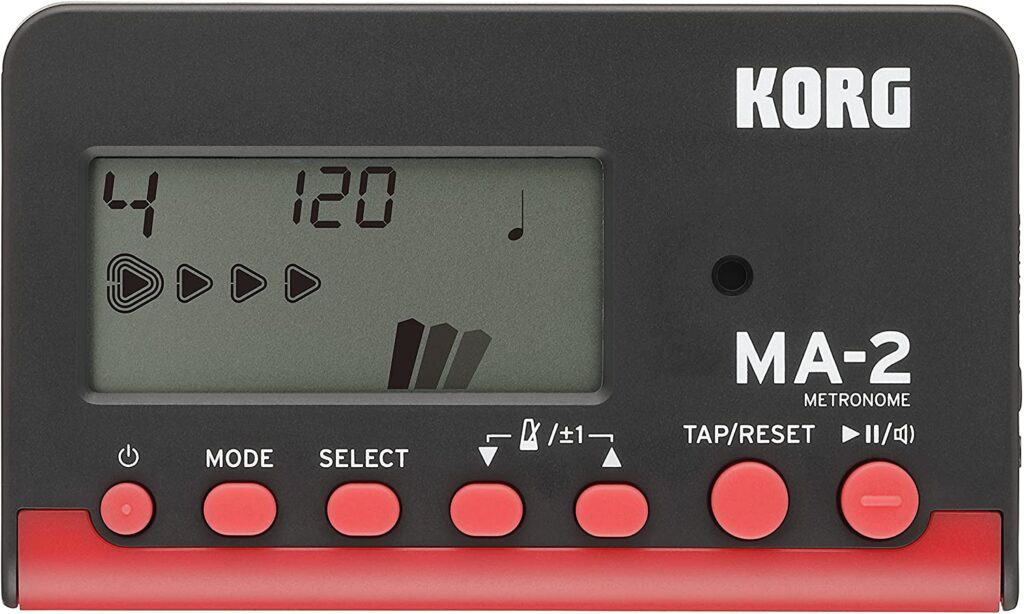If you’ve ever recorded yourself playing guitar and then listened back, one of the first problems you’ll notice is a rhythm issue. It seems odd; you didn’t think that your rhythm was that off when you were playing, but when you listen, again and again, you notice slight time fluctuations that ruin the recording. The good news is that these problems are normal, and with a little practice, you can eliminate them. Here’s a guide to improving your rhythm when playing the guitar.
Table of Contents
Always Practice With A Metronome
First of all, the obvious one that people don’t like to hear when they’re practicing guitar: you’ve got to play with a metronome. You can find a ton of free metronomes online, and practice with your computer. You can install a free metronome app to your phone if you’d like, or go pick up a cheap metronome. Whatever it is, you’ve got to play with a metronome if you want to have any hope at all of improving your rhythm.
Look at it this way: your guitar playing obviously has a problem with rhythm, or you wouldn’t be reading this article. On the other hand, metronomes, by definition, don’t have a problem with rhythm, so why wouldn’t you use one in your practice? It can be frustrating at first, but after a week or two of practice with a metronome, you’ll have no idea how you ever did anything without it.

Practice Chord Changes As Well As Single Notes
Devote more time to whichever gives you the most trouble, but practicing both will give you a more balanced sound and avoid issues in the future. Also, be sure to practice in multiple time signatures, and gradually increase your speed as you’re playing. When you’re finishing your practice session, gradually slow back down to the speed that you’d started at.
Work On Improving Speed, Then Decreasing Speed
This will serve as a kind of a “cool down” for your hands, and it’ll improve your speed while making sure that you’re playing correctly in time with the metronome without sacrificing guitar tone.
Consistency Is Key
If you practice for two hours on improving your rhythm, but you then forget about practicing rhythm exercises for a week, it will do absolutely nothing for your rhythm. You might as well have used the time on something other than guitar. It’s important to set a practice schedule that devotes the same amount of time every day to rhythm practice and stick to your schedule. You’ll only improve your rhythm on guitar in this way, and even though you may not notice the benefits at first, stick with it and you’ll soon reap the rewards.
Do you have any other tips for improving your rhythm when playing guitar? Post your thoughts in the comments section below.